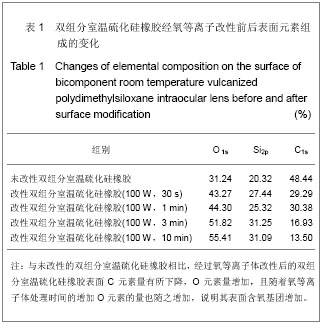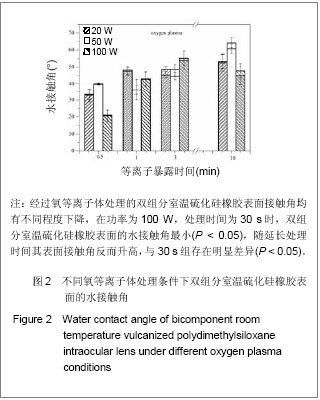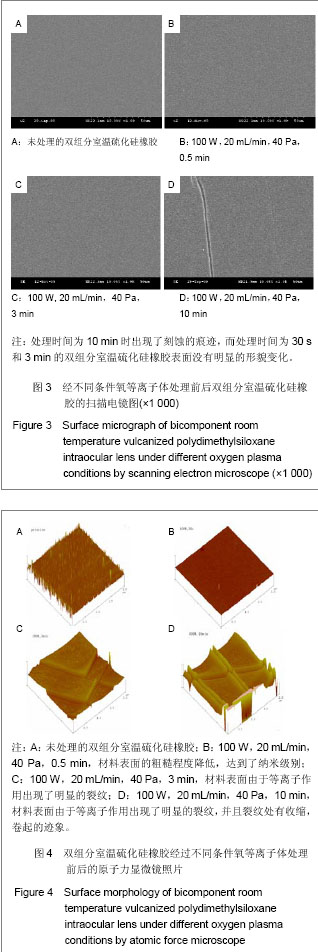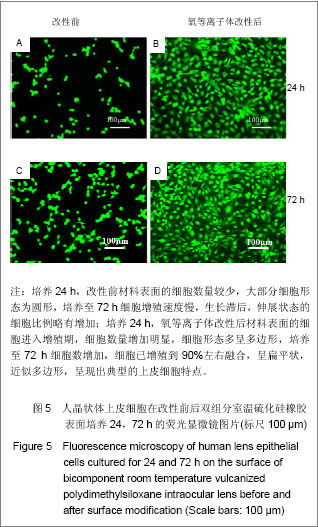| [1] Wilson ME Jr,Trivedi RH. The on going battle against posterior capsula opacification. Arch Ophthalmol.2007;125(4):555-556.[2] Matai O,Schellini SA,Padovani CR.Cataract-operated individuals at the Center-Western zone of São Paulo state. Arq Bras Oftalmol.2008;1(1):52-56.[3] Brar GS,Grewal DS,Ram J,et al.Square-edge polymethylmethacrylate intraocular lens design for reducing posteriorcapsule opacification following paediatric cataract surgery: initial experience. Clin Experiment Ophthalmol. 2008; 36(7): 625-630.[4] Apple DJ,Peng Q,Visessook N,et al.Eradication of posterior capsule opacification: documentation of a marked decrease in Nd:YAG laser posterior capsulotomy rates noted in an analysis of 5416 pseudophakic human eyes obtained postmortem.Ophthalmology.2001;108(3): 505-518.[5] Burq MA,Taqui AM. Frequency of retinal detachment and other complications after neodymium: Yag laser capsulotomy. J Pak Med Assoc.2008;58(10): 550-552.[6] Unal M,Yücel I,Akar Y. Brinzolamide 1% versus apraclonidine 0.5% to prevent intraocular pressure elevation after neodymium:YAG laser posterior capsulotomy. J Cataract Refract Surg.2006;32(9):1499-1502.[7] Aslam TM,Devlin H,Dhillon B.Use of Nd:YAG laser capsulotomy.Surv Ophthalmol. 2003;48(6):594-612.[8] Yan Q,Perdue N,Sage EH.Differential responses of human lens epithelial cells to intraocular lenses in vitro: hydrophobic acrylic versus PMMA or silicone discs. Graefes Arch Clin Exp Ophthalmol.2005;243(12):1253-1262.[9] Holgeeson P,Sutherland DS,Kasemo B. Patterning and modification of PDMS surface through laser micromachining of silicon mastersand molding. Appl Phys A.2005;81: 51-56.[10] Pinto S,Alves P,Matos CM,et al.Poly(dimethyl siloxane) surface modification by low pressure plasma to improve its characteristics towards biomedical applications. Colloids Surf B Biointerfaces.2010;81(1):20-26.[11] Linyan Y,Li L,Qin T,et al.Photocatalyzed Surface Modification of Poly(dimethylsiloxane) with Polysaccharides and Assay of Their Protein Adsorption and Cytocompatibility. Anal Chem. 2010;82(15): 6430-6439.[12] Zhang Z,Wang J,Tu Q,et al.Surface modification of PDMS by surface-initiated atom transfer radical polymerization of water-soluble dendronized PEG methacrylate. Colloids Surf B Biointerfaces.2011;88(1): 85-92[13] Dou YH,Bao N,Xu JJ,et al.A dynamically modified microfluidic poly(dimethylsiloxane) chip with electrochemical detection for biological analysis.Electrophoresis.2002;23(20):3558-3566.[14] Alcantar NA,Aydil ES,Israelachvili JN.Polyethylene glycol-coated biocompatible surfaces. J Biomed Mater Res. 2000;51(3): 343-351.[15] Ginn BT,Steinbock O.Polymer Surface Modification Using Microwave Oven Generated Plasma. Langmuir.2003;19: 8117-8118.[16] Alenka V,Ita J,Uros C,et al.Surface modification of polyester by oxygen- and nitrogen-plasma treatment. Surface and Interface Analysis.2008;40(11):1444-1453. [17] Qu X,Cui W,Yang F,et al.The effect of oxygen plasma pretreatment and incubation in modified simulated body fluids on the formation of bone-like apatite on poly(lactide-co-glycolide) (70/30). Biomaterials. 2007;28(1): 9-18.[18] Wang H,Ji J,Zhang W,et al.Biocompatibility and bioactivity of plasma-treated biodegradable poly(butylene succinate). Acta Biomater. 2009;5(1):279-287.[19] Hasirci N,Endogan T,Vardar E,et al.Effect of oxygen plasma on surface properties and biocompatibility of PLGA films. Surf Interface Anal.2010;42(6-7):486-491.[20] Scarpa G,Idzko AL,Götz S,et al.Biocompatibility Studies of Functionalized Regioregular Poly(3-hexylthiophene) Layers for Sensing Applications. Macromol Biosci. 2010;10(4): 378-383. [21] Wang H,Kwok DT,Wang W,et al.Osteoblast behavior on polytetrafluoroethylene modified by long pulse, high frequency oxygen plasma immersion ion implantation. Biomaterials.2010;31(3):413-419.[22] Gracielle FA,Daniel CFS,Raquel GS,et al.Mesoporous silica SBA-16 nanoparticles: Synthesis, physicochemical characterization, release profile, and in vitro cytocompatibility studies.Micropor Mesopor Mat.2013;168(1):102-110.[23] Zhang C,Jin J,Zhao J,et al.Functionalized polypropylene non-woven fabric membrane with bovine serum albumin and its hemocompatibility enhancement. Colloids Surf B Biointerfaces. 2013;102(1):45-52.[24] Chu PK.Progress in direct-current plasma immersion ion implantation and recent applications of plasma immersion ion implantation and deposition. Surf Coatings Technol.2012,In Press,Corrected Proof[25] Martins A,Pinho ED,Faria S,et al.Surface Modification of Electrospun Polycaprolactone Nanofiber Meshes by Plasma Treatment to Enhance Biological Performance.Small.2009; 5(10): 1195-1206.[26] Beaulieu I, Geissler M, Mauzeroll J. Oxygen Plasma Treatment of Polystyrene and Zeonor: Substrates for Adhesion of Patterned Cells.Langmuir.2009; 25(12): 7169-7176.[27] El-Ali J,Sorger PK,Jensen KF.Cells on Chips. Nature.2006; 442: 403-411.[28] Khademhosseini A,Langer R,Borenstein J,et al.Microscale technologies for tissue engineering and biology. Proc Natl Acad Sci USA.2006;103: 2480-2487.[29] Yuen C,Williams R,Batterbury M,et al.Modification of the surface properties of a lens material to influence posterior capsular opacification. Clin Experiment Ophthalmol.2006; 34(6): 568-574. |




.jpg)
.jpg)